Best energy gels for cycling: Quick hits of carbohydrates for all your athletic endeavours
The best energy gels for cycling can boost your rides, races and workouts
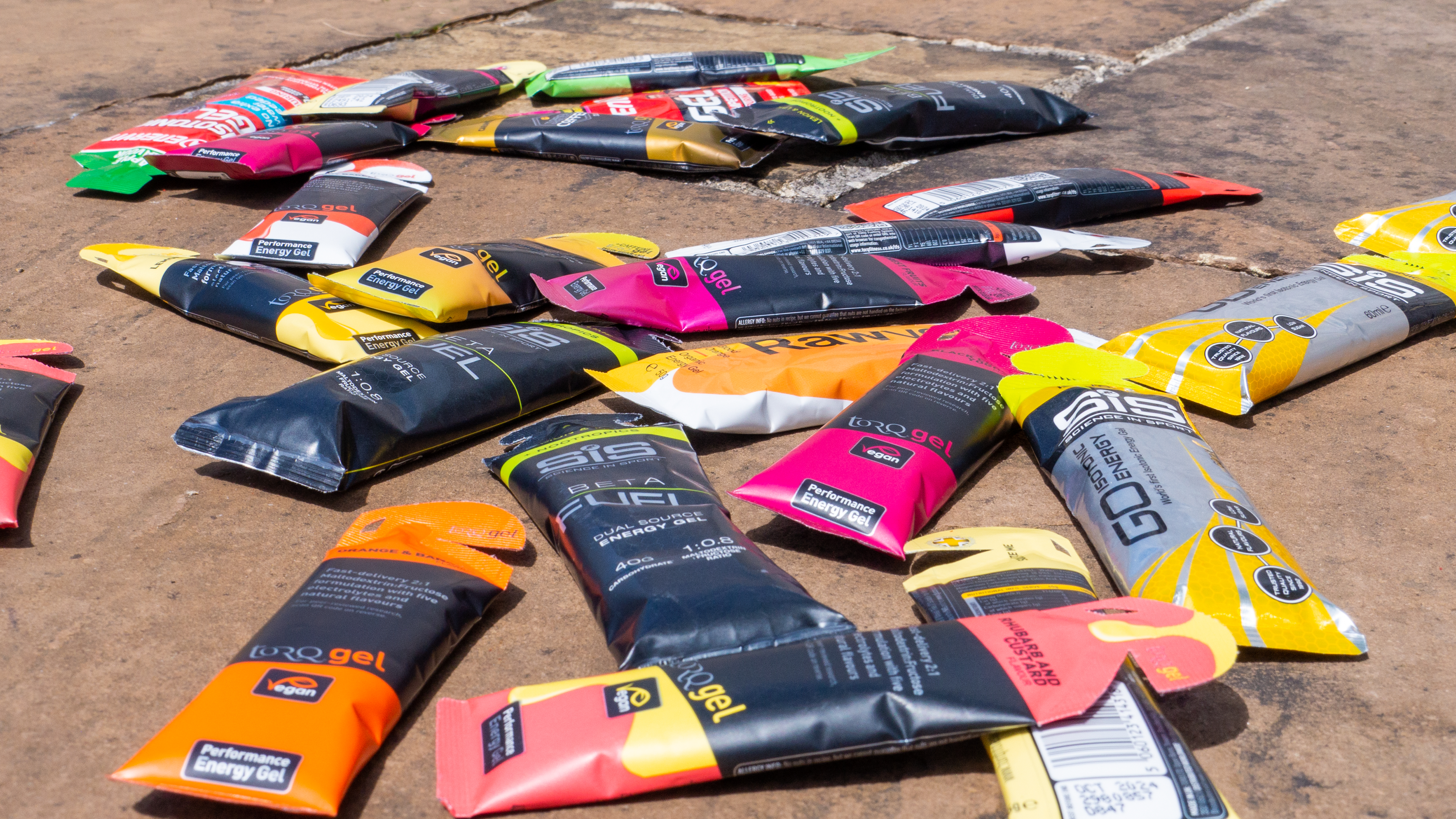
Bonking, hitting the wall, blowing up, running out of gas, the wheels falling off. Whatever you call it, it's an unpleasant feeling that most athletes have experienced. It's technical term is exercise-induced hypoglycaemia, and it's caused by your body's glycogen stores becoming depleted. Luckily it's easily preventable with the help of the best energy gels for cycling.
Like the best energy bars and the best energy drinks, gels are designed with one primary goal in mind, and that is to provide you with easy-to-process carbohydrates. This is usually in the form of glucose, sometimes with added fructose, which your body converts to glycogen. This glycogen is then processed by the cells in your muscles to create energy, which in turn is used to turn the pedals, take the next stride, swim the next stroke… pick your poison.
As we explain in our in-depth guide to cycling nutrition, your liver and muscles can only store a certain amount of glycogen, enough for around one to two hours of work depending on how trained you are. If you were to continue to exercise beyond that limit without refuelling, the result - the bonking mentioned earlier on - will not only affect your ability to push on the pedals, but your cognitive ability too, with symptoms including nausea, extreme physical weakness, poor coordination, and dizziness.
Of course, the failure to fuel your workouts is a performance-reducing, potentially dangerous mistake, but somehow, many are surprised to find that optimally fuelling your workouts can do the opposite and actually help you improve your performance. This is especially important if you want to perform your best day after day, recover quickly ahead of the next session and crush your goals.
So that's the why, now for the what. Or perhaps more specifically, the which. Which are the best energy gels? What separates a good one from a bad one? To answer these questions and more, I've spent the past few months testing, tasting and researching in a bid to find which provide the greatest boost, which is the easiest to eat on the go, which is the best for our environment, which tastes the best, and more.
Quick list
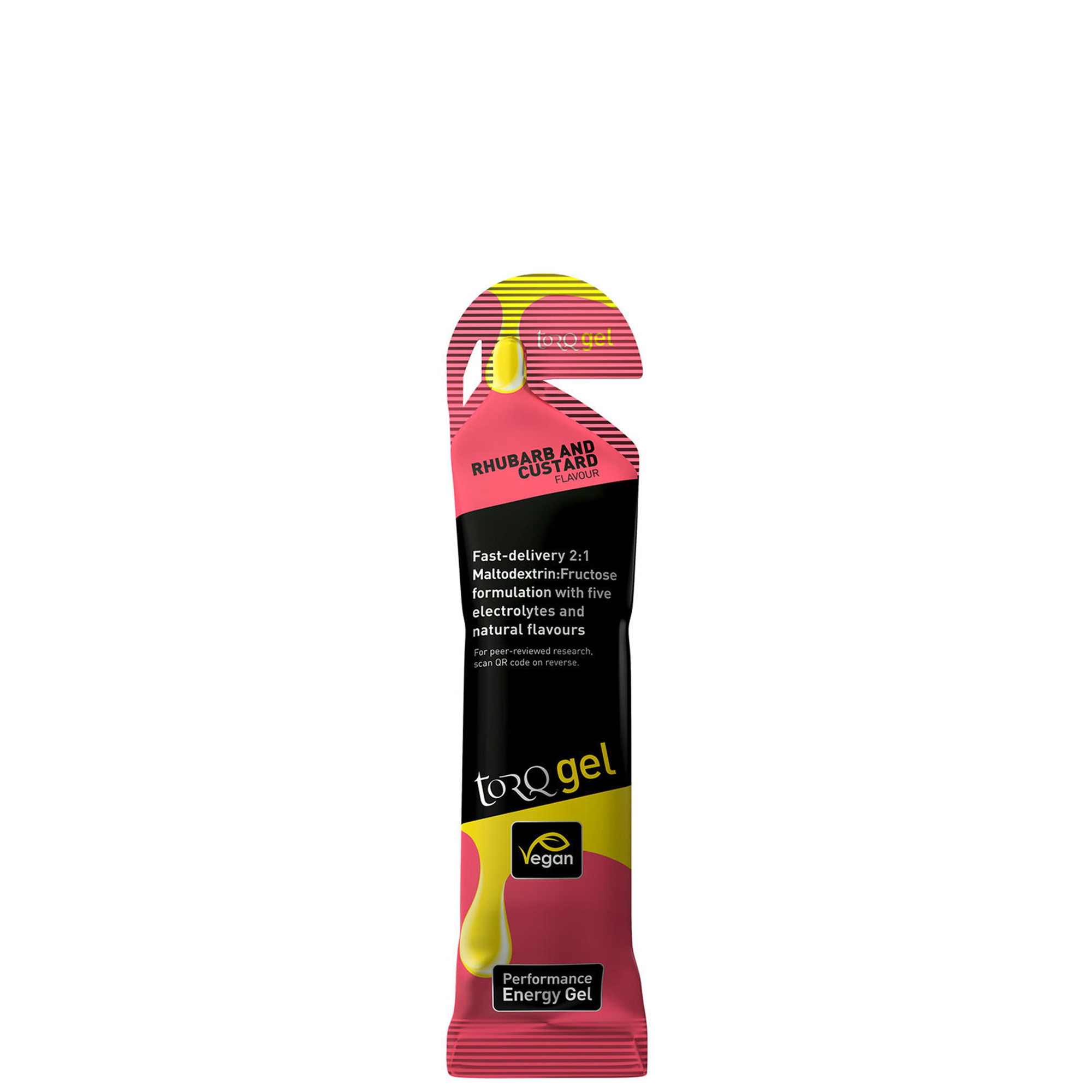
A short and interesting sentence explaining why this product has been chosen. Add manual star score if reviewed. Include six of the best products in this format.
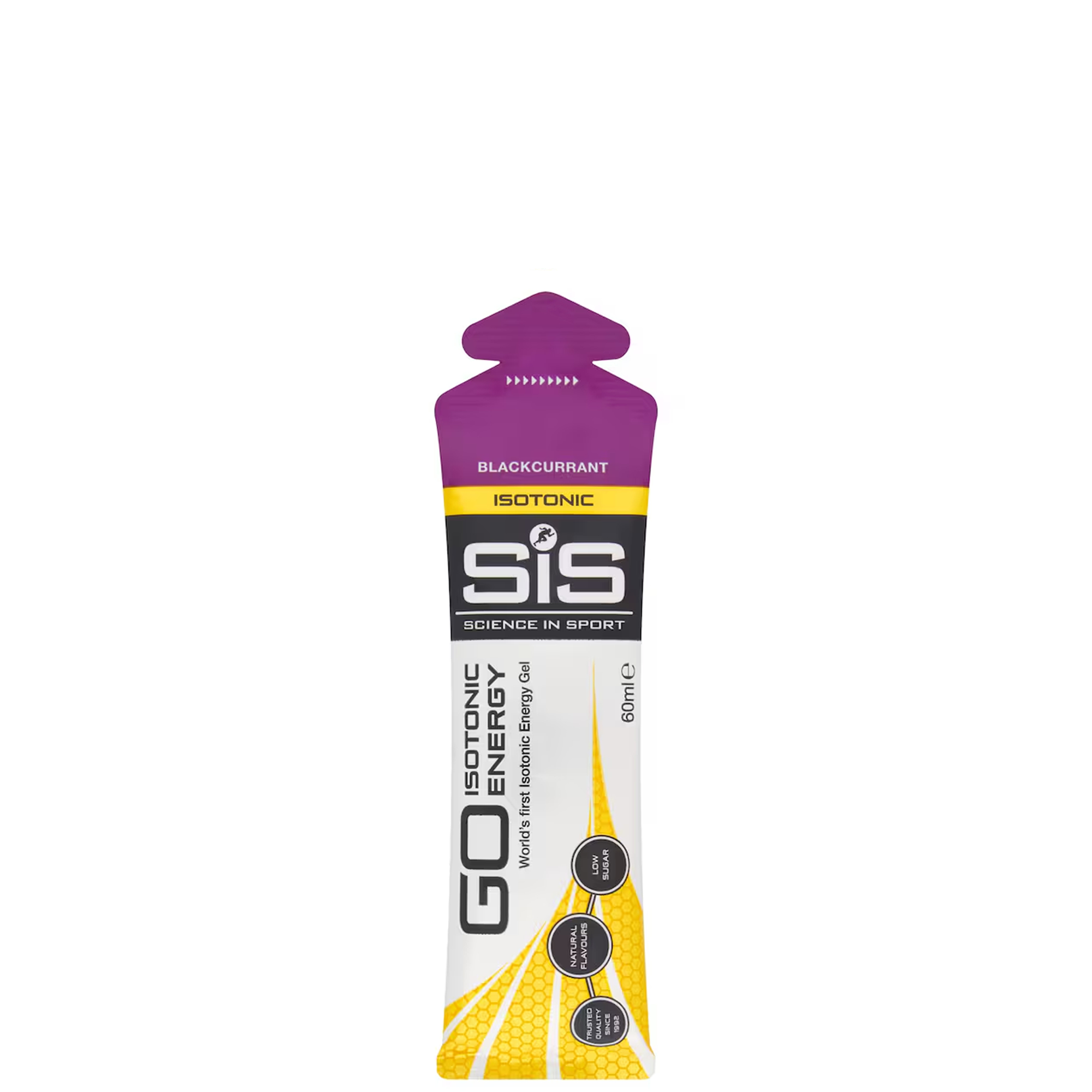
Isotonic formula and palatable flavours makes these SIS gels easy to consume and gentle of digestion
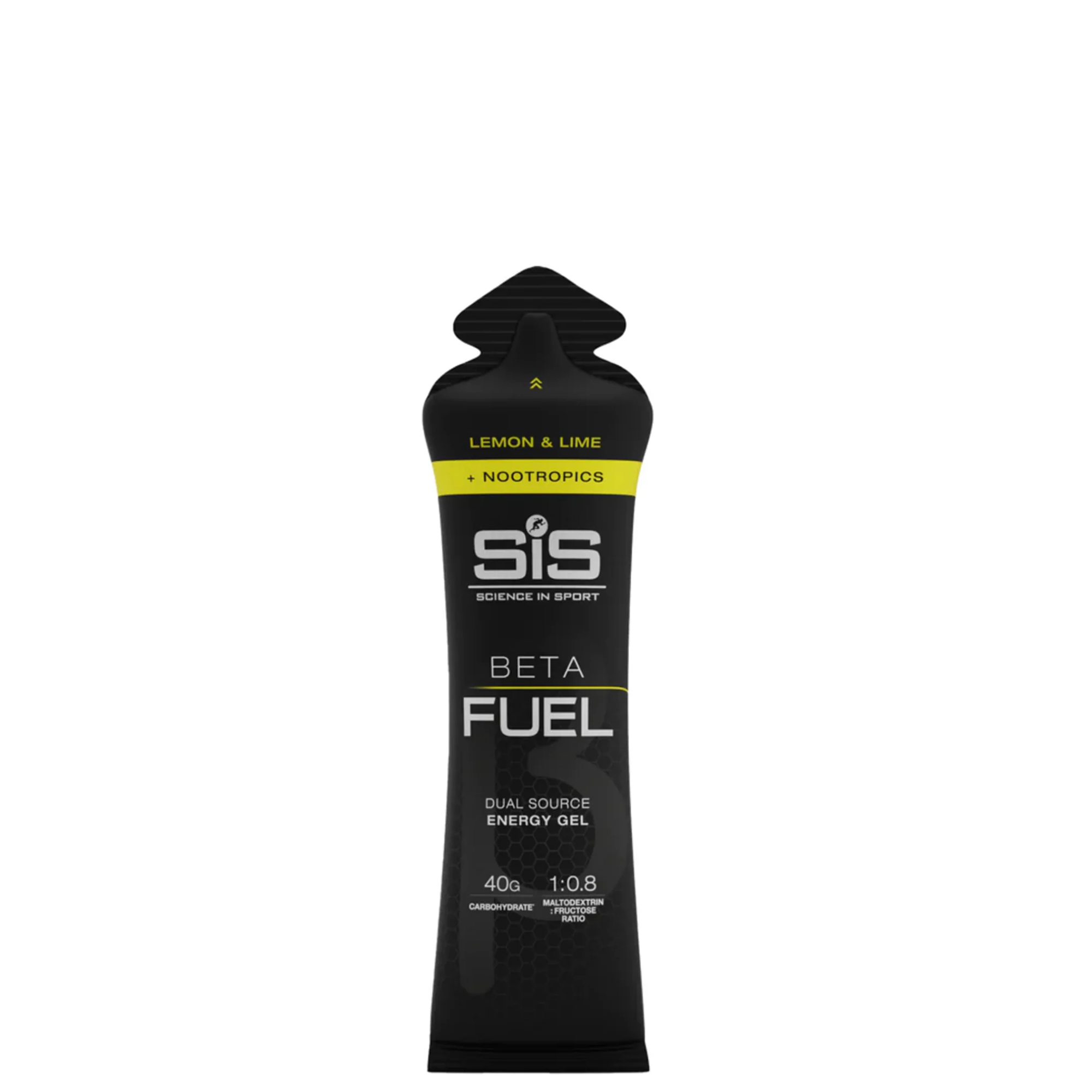
Modern fuel intake with SIS's 1:0.8 ratio of glucose to fructose and added nootropics.
Read more below
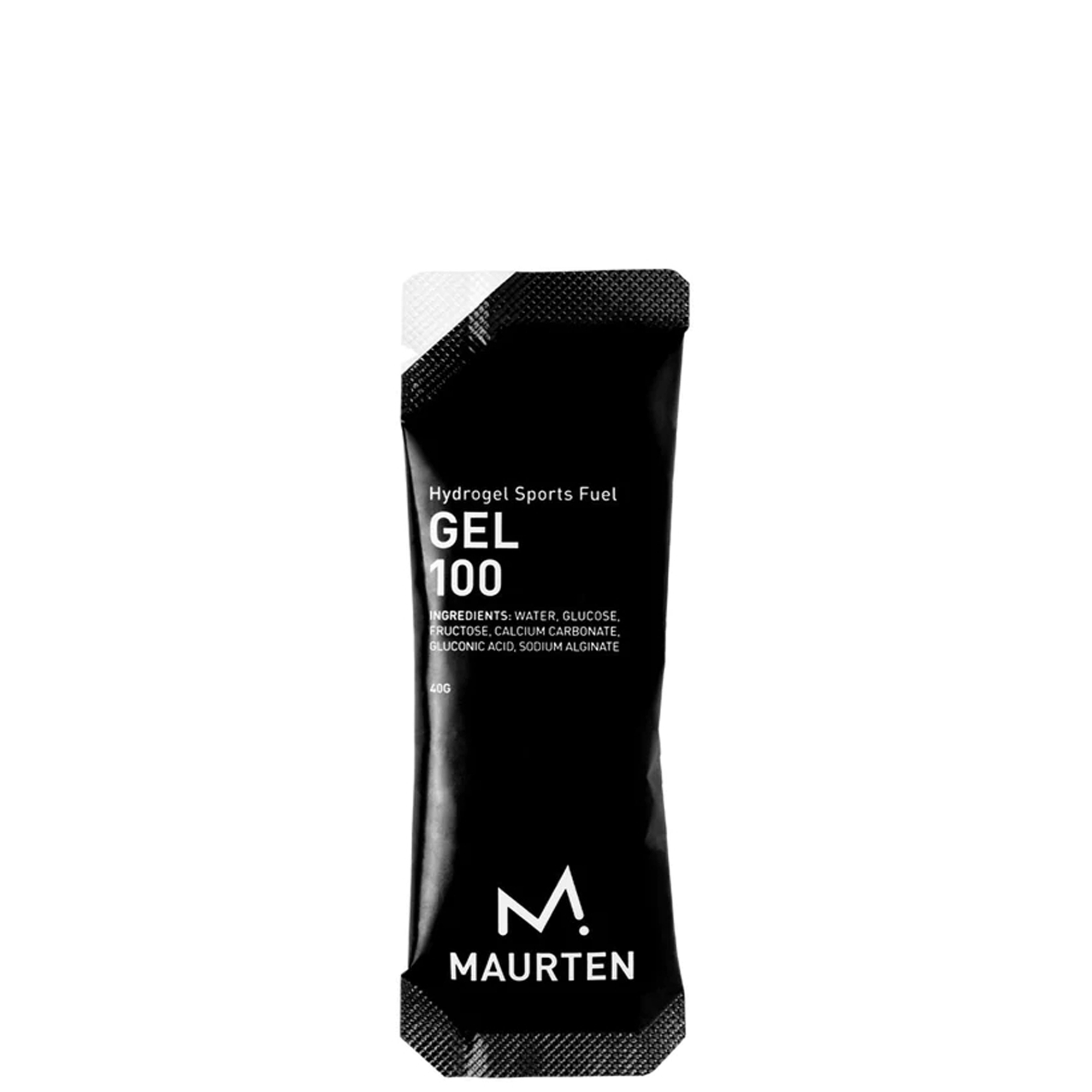
Maximise fuel intake with Maurten's 1:0.8 ratio of glucose to fructose and added electrolytes.
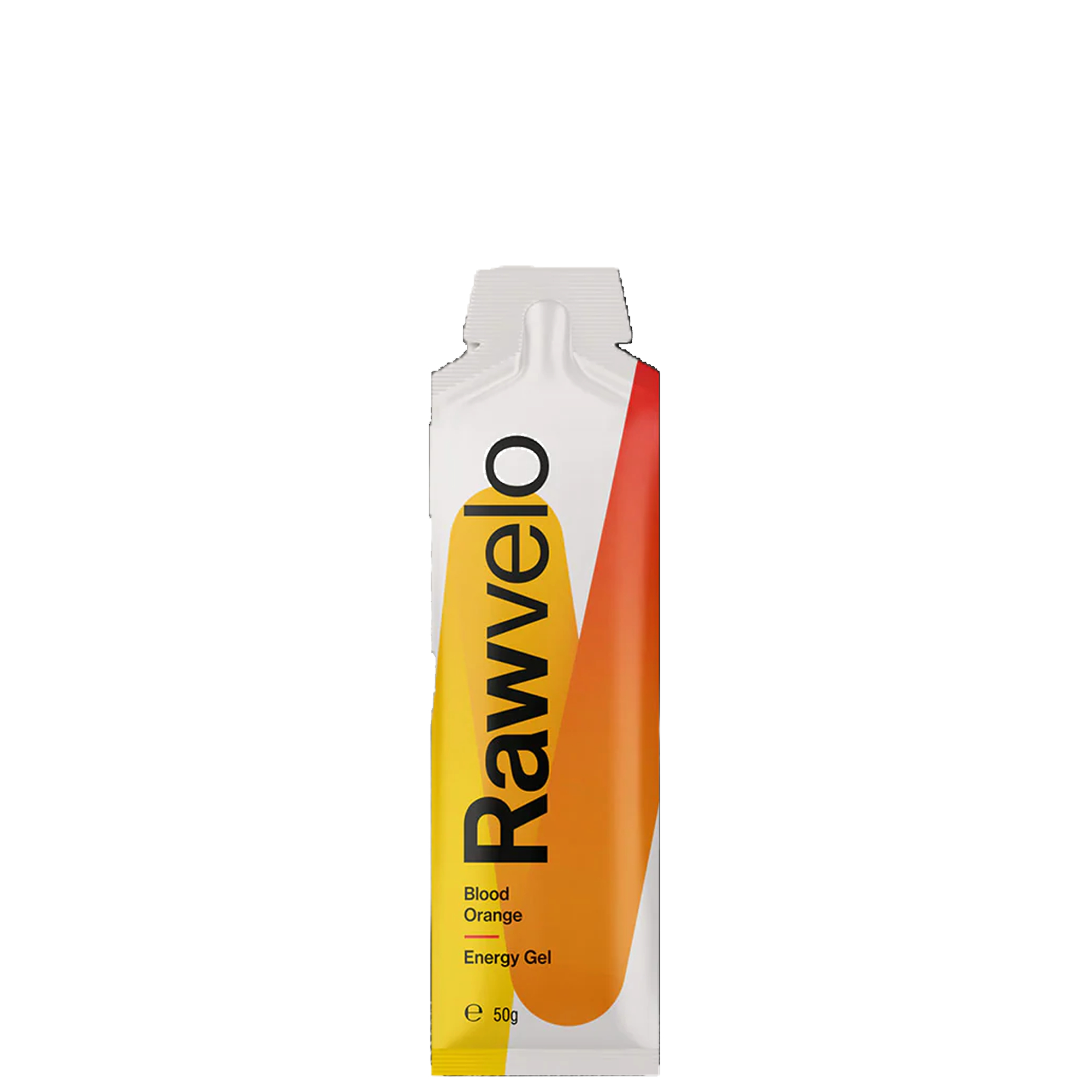
Natural and organic ingredients are easier on sensitive stomachs.

Can't stomach another citrus and berry-flavoured gel? Gu's gels offer a load of unique flavours.
Recent updates
Last updated on 11th of February 2025
Refreshed the guide with a new quick list giveing readers a quick summary of the products tested in this guide. Added section headers and reformated the 'How to choose' and 'Everything you need to know' so that it is easyier to navigate.
Best energy gels available today
Best energy gels
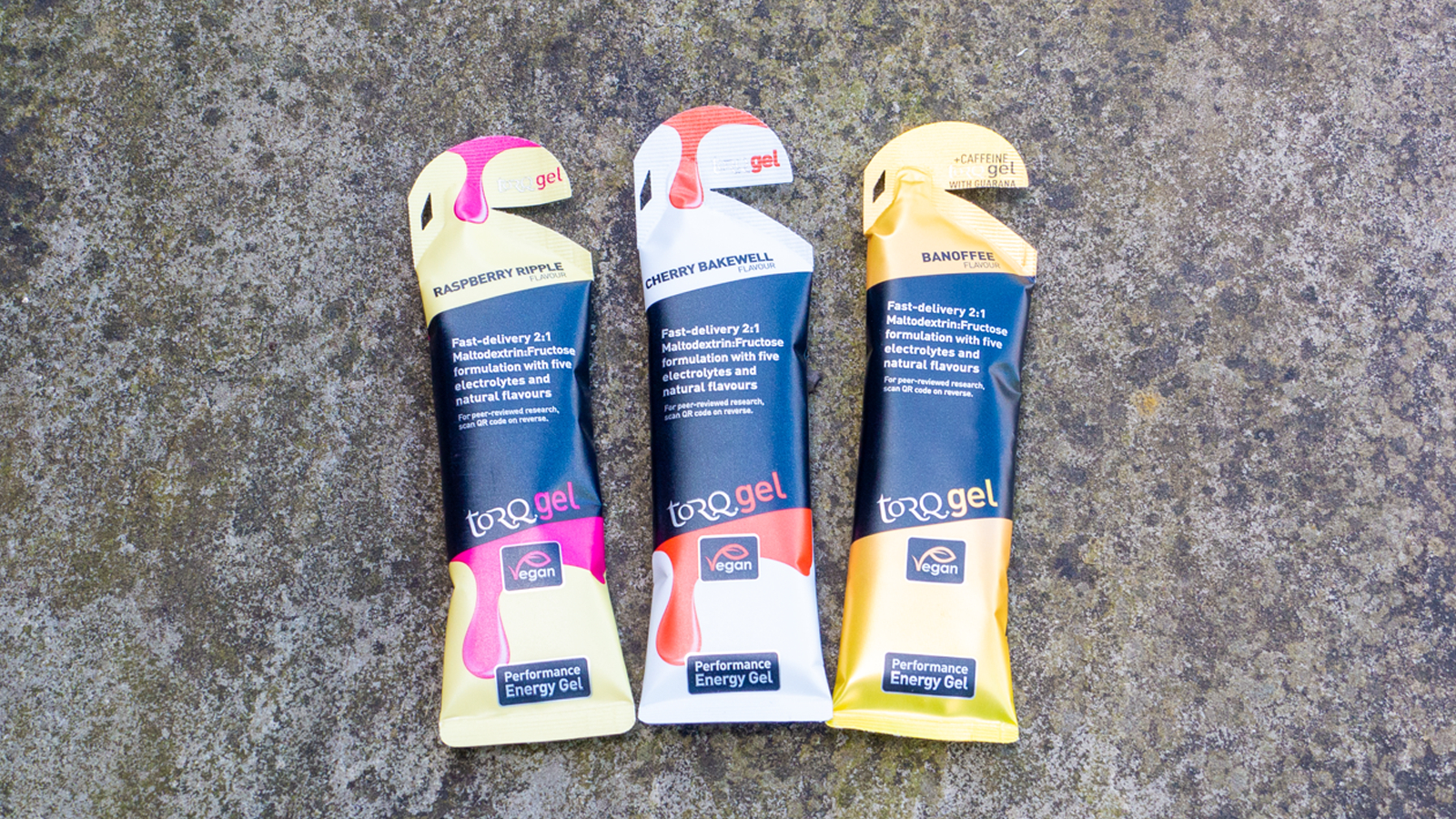
1. Torq Gel
Specifications
Reasons to buy
Reasons to avoid
Torq's simply-named TorqGel is built as part of a wider Torq ecosystem of gels, bars, chews and drinks, from each of which, a single serving contains a nice, round 30 grams of carbohydrates, comprising the widely-accepted-as-optimal 2:1 ratio of glucose to fructose. Given that the body can theoretically transport up to 90 grams of carbohydrates (in that 2:1 mix) per hour, the maths is super simple. Just eat three servings per hour of whatever variety of Torq products you like.
But preschool-level maths isn't the only reason that Torq gets an inclusion here though. A separate loop of material joins the easy-rip tab, meaning it then stays attached (unless you're really vigorous with your ripping) and doesn't become litter.
The standard TorqGel product doesn't come with any added extras, but a separate version is available with Guarana, which contains caffeine, but doesn't taste quite as bad.
Best for easy intake
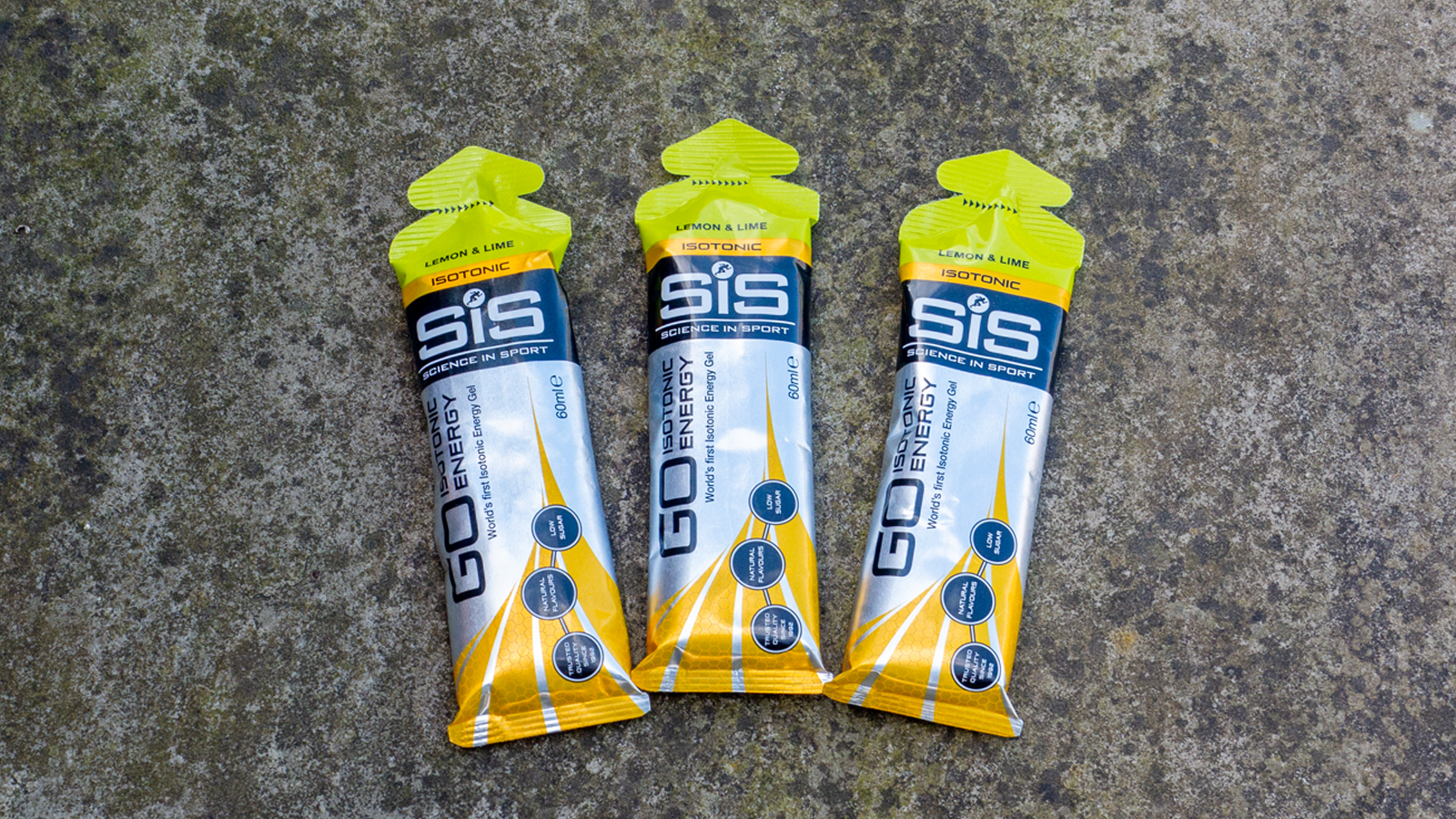
2. SIS Go Isotonic
Specifications
Reasons to buy
Reasons to avoid
Where the SIS Go Isotonic energy gel stands apart from others is in that word 'isotonic'. This refers to the gel's osmolality, and an isotonic product essentially means it shares a similar concentration of fluid, sugars and salt to blood, which in turn means it will be easier to digest.
Of all the energy gels tested during our research, this certainly felt like one of the safest, both with regards to its ease of consumption and digestion, and also with its extremely mild, slightly fruity taste.
The only downside is that, at just 22g of carbs, all of which come entirely from glucose, it's not going to light the afterburners like some of the others listed here, so it's probably better suited to longer events.
Best for fuel intake with nootropics
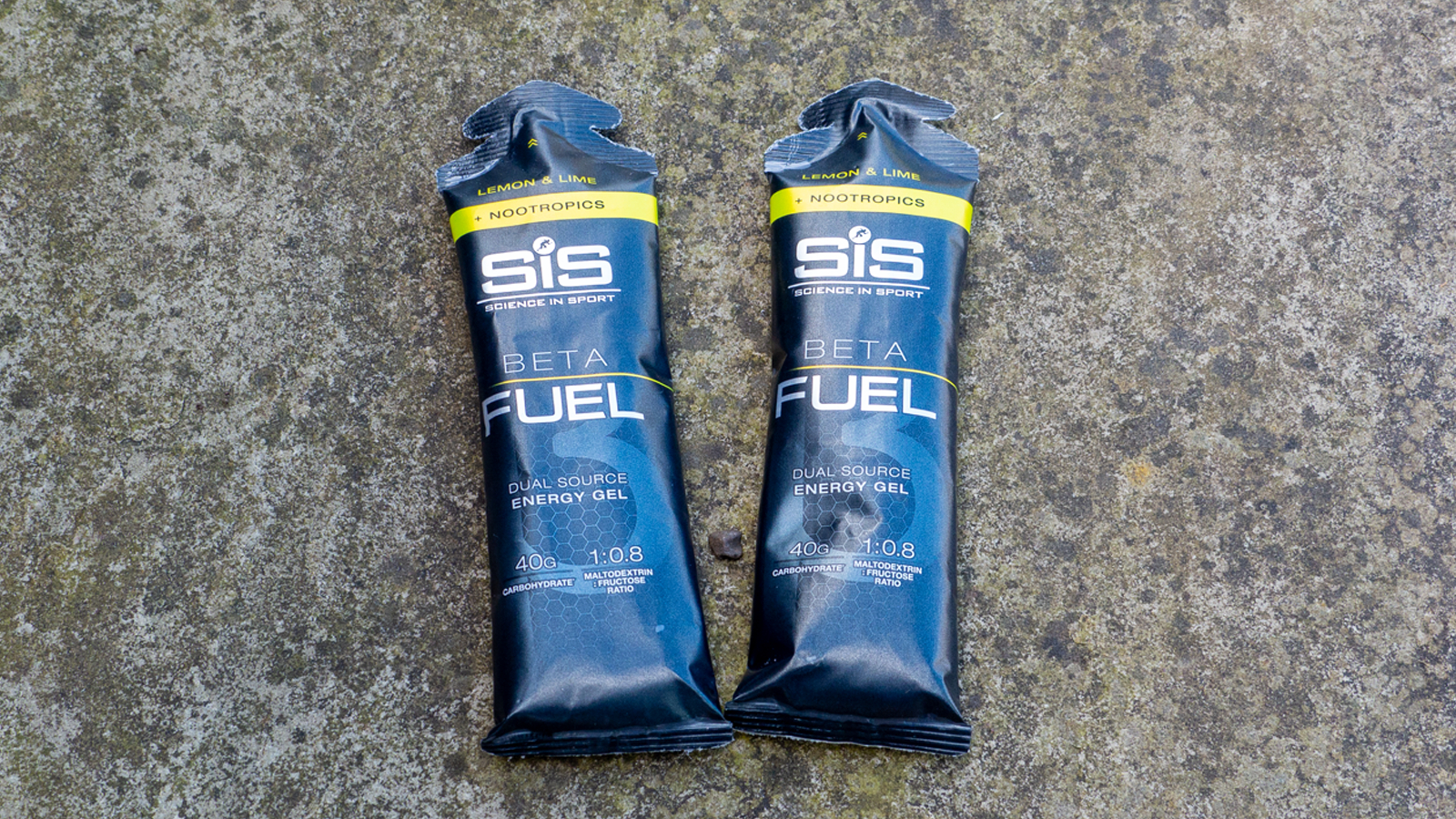
3. SIS Beta Fuel Gel
Specifications
Reasons to buy
Reasons to avoid
The key reason for including Beta Fuel is for its modern thinking around the glucose to fructose ratio. We've explained the details below, but instead of a 2:1 ratio, Beta Fuel uses a ratio of 1:0.8, essentially increasing the percentage of fructose. In doing this, SIS has also increased the amount of carbs per gel to a fairly-potent-by-comparison 40g.
In addition to this, some Beta Fuel gels also get the addition of nootropics, which is a fancy term for supplements that enhance cognitive performance. These include Cognizin Citicoline, 200mg caffeine, 1g Taurine and 200mg Theanine. These add a bitter chemical taste, but it's certainly not the worst out there.
This follows a similar approach to the Maurten gel below, and we've awarded them both the best for maximising fuel intake, since they both operate on the same principles. However, if you want to save money or want to take advantage of the added supplements, try Beta Fuel first.
Best for fuel intake with electrolytes
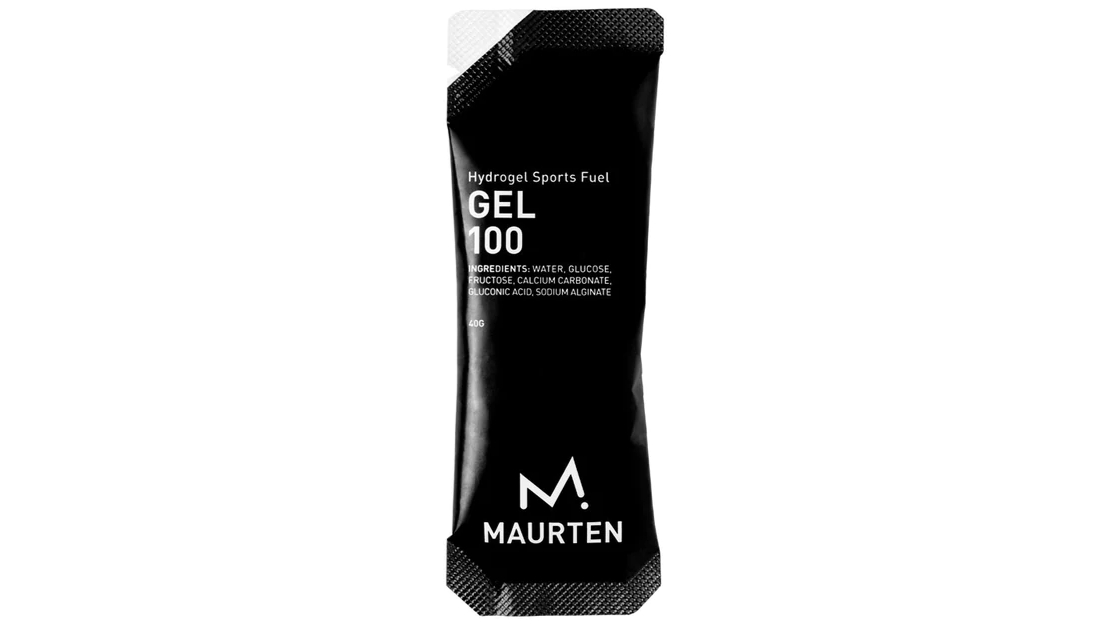
4. Maurten Gel 100
Specifications
Reasons to buy
Reasons to avoid
SIS might be the better-known brand, but Maurten was the first to create a gel with a 1:0.8 ratio of glucose to fructose, and it's a brand that is not afraid to follow science to improve its product. To this end, the Gel 100 is more like jelly than gel thanks to its Hydrogel formula which is made using pectin (from fruit fibre) and alginate (from seaweed).
Don't worry, it doesn't taste like seawater. In fact, it actually tastes like nothing, which is probably a good thing given the offensive taste some gels have. The rip-off tab is slightly awkward in that it's just a serrated corner, rather than the defined tab shape used by others. It does make it pretty easy to rip it half-off though, reducing the chance of litter.
The Gel 100 is called as much because of this ratio, which Maurten says allows your body to absorb 100g of carbohydrates per hour (the maths actually works out at 108g). Each gel contains 25g of the stuff, so you can have four per hour. The one downside to this is that at £32.40 ($43.20) for a box of 12, things can get pretty expensive pretty fast.
We've awarded Maurten 100 and SIS Beta Fuel the same 'equal best' title for maximising fuel intake since they both operate on the same principles. If you're worried about taste, this is the one to choose.
Best for sensitive stomachs
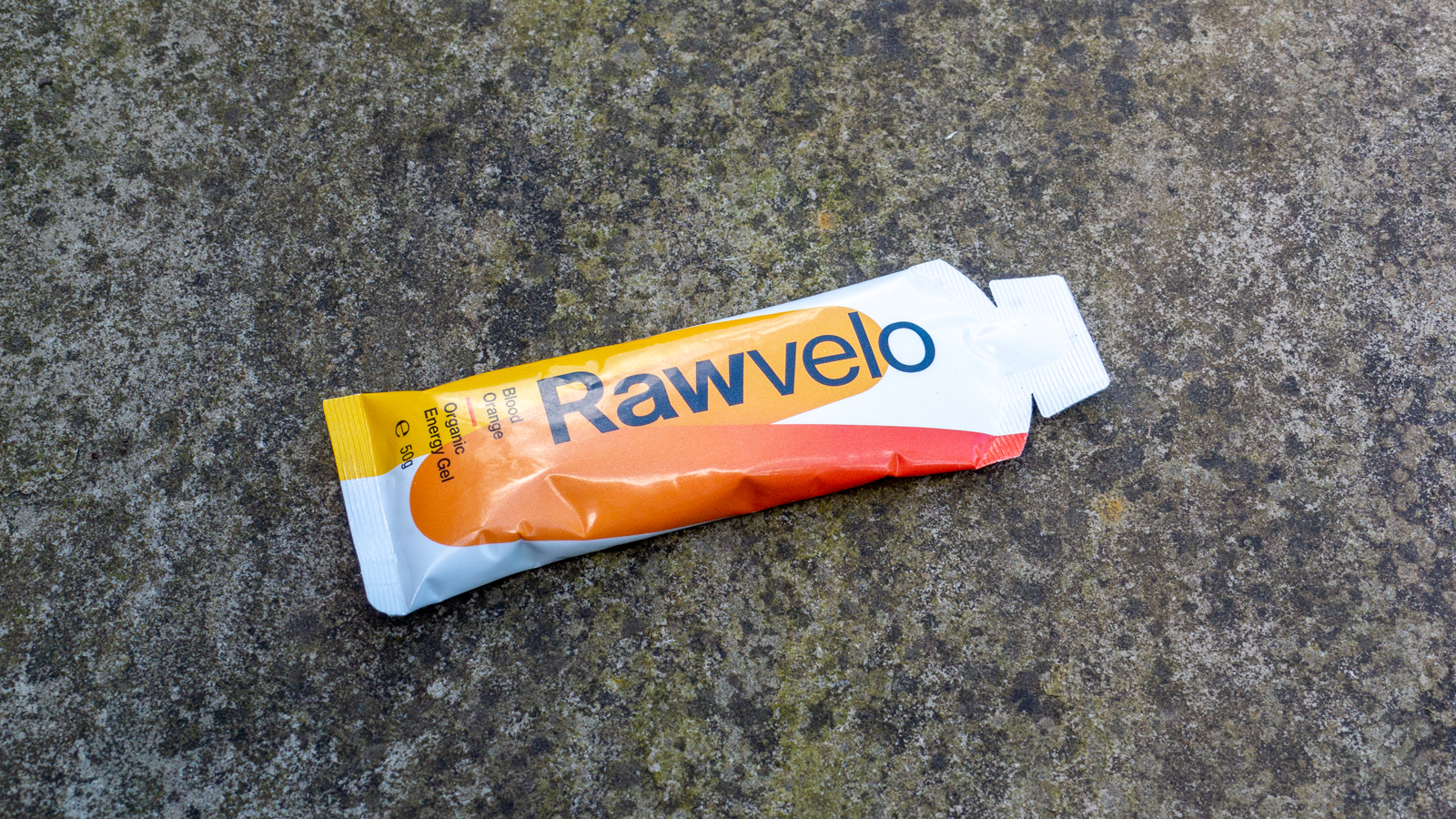
5. Rawvelo
Specifications
Reasons to buy
Reasons to avoid
Rawvelo as a brand prides itself on promising natural and organic ingredients and no preservatives, artificial flavours or colouring. This, coupled with the comparatively low carbohydrate content makes the Rawvelo gel our pick as the best for those with sensitive stomachs.
You might also notice I've broken my own rules and marked the eco-friendliness as Amber+. This is because while the packaging is recyclable, the rip-off tab still comes clean off and is hard to avoid it becoming litter. The plus is awarded because Rawvelo pledges one per cent of its annual revenue to economical causes.
However, given the unconfirmed nature of the gel's carbohydrate composition, you have no certainty over whether you're fuelling with glucose or fructose. Given the ingredients, we'd hazard a guess that it's a mixture of both, but there's no way to be sure. Therefore, if you're planning on trying to maximise your fuel intake against your body's limits, you might want to look elsewhere.
Best for flavour choice
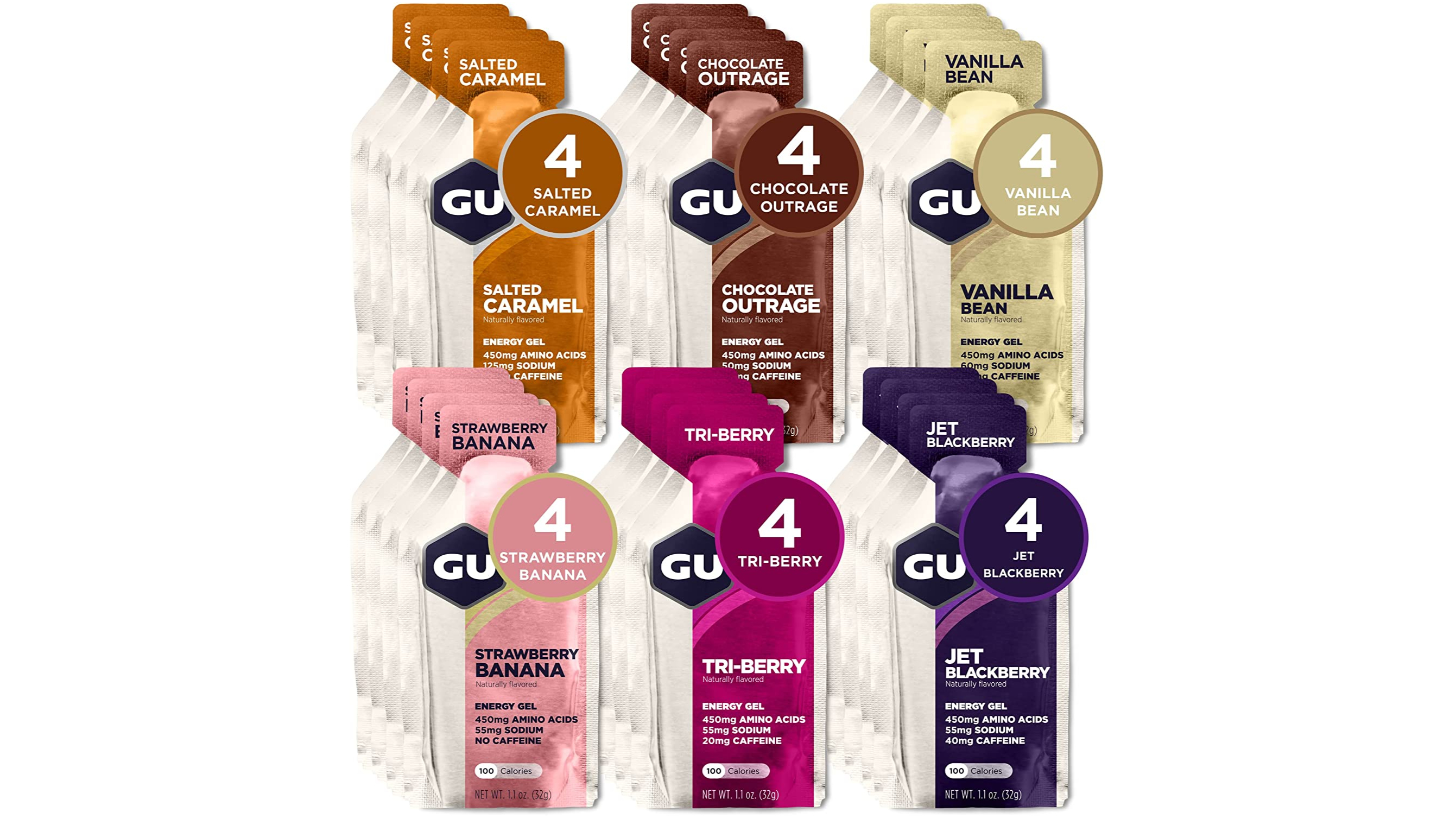
6. Gu Energy
Specifications
Reasons to buy
Reasons to avoid
Gu's gels are perhaps most famous for their wide choice of different flavours featuring some weird and wonderful options, including birthday cake, campfire 'smores and espresso - all of which are vegan.
However, the composition of the gel you consume very much depends on the flavour you choose. You do get a mix of glucose and fructose, but the exact ratio varies, as does the total carb content per serving. The gels also come with added amino acids, and some flavours get added caffeine.
As with the Rawvelo option above, this uncertainty over the fuel means they're not the best energy gels for athletes looking to maximise fuel intake, but if you're simply looking for a hit of added fuel and want to mix things up with flavours then Gu is your friend.
The main downside to be aware of with Gu is that while the flat packaging is good for pocket space, it can be sharp on the inside of the mouth and cause cuts.
Make your own

7. Make your own
Specifications
Reasons to buy
Reasons to avoid
The main problem with all of the best energy gels is that they are single-use items. With costs of more than £1/$1/€1 per gel for most of the options listed above, and the suggested dosage being up to four per hour, if you're planning on fuelling a full season of training and racing, it will very quickly become an expensive endeavour. It will also create a tonne of rubbish that, while recyclable, still takes energy to produce and recycle.
Each of the above is made using a mix of glucose, perhaps some fructose, some brands add a bit of sodium, others add caffeine, and a flavour. All things that you can buy online cheaply. With a set of weighing scales and a browse of Amazon, it's entirely possible to buy all of the necessary ingredients and make your own. You can make it like a drink and put in a standard bottle, or if you prefer to keep those filled with water, a soft flask acts like an oversized gel packet.
Sure, it's a bit more time consuming than grabbing a pre-made gel, and it takes a bit of learning, but it's a darn sight cheaper. You can add in a gelling agent to make it more gel-like if you really want to replicate the gel texture, but when I do this, I save the extra money and leave it as a liquid.
You'll need the following:
- A soft flask. Sometimes known as a folding bottle. The sort you might find as the hydration bladders in a running vest are great, but make sure you don't have one with an annoyingly long hose
- Some weighing scales (so you can weigh out your sugar mix)
- Water
- Dextrose (which is another word for glucose) or maltodextrin (a chain of dextrose molecules which is easier on the stomach).
- Fructose (assuming you want to optimise the carbohydrate ratio)
- Alternatively, you can use Sucrose (table sugar) which is a super cheap mix of 1:1 of the above and add dextrose as required.
- Table salt (optional, for adding electrolytes)
- Sugar-free cordial (for flavouring)
How to choose the best energy gels for cycling
How many carbohydrates do you want?
The foremost intention of an energy gel is to consume fast-acting carbohydrates quickly. Therefore, it makes sense to know how many you'll get. For each of the gels in this guide, I have listed the number of grams of carbohydrate per gel to make it as simple as possible to choose the right one for you.
How easy is it to open and squeeze?
You're most often going to be ingesting energy gels halfway through a workout, probably when you have a heart rate of over 160bpm and you're trying to focus on holding the wheel or maintaining a set pace. Therefore, your gel needs to be easy to get open and even easier to get into your face as quickly as possible (without spilling down your arm and all over your jersey - see below)
A gel that is of a fairly thin viscosity, with an easy-rip top that opens with a large aperture is going to work nicely in this regard. A gel that is thicker will be slower to squeeze, and likely also slower to consume.
Do you want added ingredients?
As I've mentioned a hundred times so far, the best energy gels are a fast way to get energy - ie carbohydrates - into your system quickly, but carbohydrates aren't the only thing that can help with performance. Some gels also include other ingredients such as bicarbonate of soda, nitrates, and most commonly, caffeine. Each of which can improve performance when ingested in the correct amounts and timeframes.
You can, of course, dose these separately in various ways, but some gels offer a two-birds-one-stone solution.
What do the specs mean?
Carbs per gel: In grams, how many carbohydrates are you getting per each gel?
Carbs per £: Taking into account the amount of carbs per gel, and dividing it by the cost for a single serving, how expensive is this likely to become?
G:F ratio: This relates to the Glucose to Fructose ratio. With the body's ability to process 60 grams of glucose and a further 30+ grams of fructose per hour, it's useful to know what ratio is provided in each serving to help you fuel efficiently.
Added extras: Does the gel add in any other performance-enhancing ingredients or technologies such as caffeine.
Strength of taste: With taste being a personal preference, I've chosen to quantify strength of taste instead. Here I've opted for four tiers: Mild, slightly strong, strong, and very strong.
I hope this will be a better indicator of whether something is palatable or polarising.
Eco-friendliness: Given the potentially large quantity of gels you will consume in a year of training and racing, the waste and litter you produce could be high. As a result, the eco-friendliness score is a three-tiered traffic light system I've devised. Starting at red, a product moves to amber if it's recyclable or if it features a litter-free design. A green score will be awarded to those that do both.
Vegan: All gels listed in this guide are suitable for vegans
FAQ: Everything you need to know about energy gels
Glucose to fructose ratio explained
It's widely accepted that the body can process 60g of glucose per hour into glycogen. Up until a few years ago, it was also accepted that the body could concurrently process 30g of fructose. This is where the advised 2:1 ratio was born.
However, more recently, Wendy J O'Brien and her fellow performance nutrition researchers learned that the body could, in actual fact, process more than this 30g of fructose. Their studies pushed the limit to 48 grams with positive effects on performance.
You can find the study here.
Do all energy gels taste terrible?
Thankfully not, but unfortunately, there's no free and easy way to find a gel that you think tastes nice, so to get this dialled you'll probably have to play with a bit of trial and error.
In this guide, I have made a note of each product's taste where relevant, but I appreciate that what I think tastes nice is pretty unhelpful, since everyone's different. Therefore, I've instead made a point to mention the strength of taste; something with a strong taste will likely be more polarising (and therefore risky) than something with a neutral taste.
Are energy gels expensive?
If you're trying to fuel your riding with the best energy gels, and you're riding a lot, the cost can very quickly rack up. Using the most expensive on this list - Maurten 100, which suggests you can consume four per hour - and riding for 10 hours per week. That's 40 gels per week (assuming you're only fuelling with gels, of course). At around £2.50 / $3.50 per gel, you're looking at £100 / $140 in a week. Sure, you're probably not going to only fuel with gels, but the principle remains the same... gels can be expensive!
There is a limit to how many carbohydrates your body can process per hour so the simple maths of it is that the more carbohydrates you get in a gel, the fewer you're going to need to consume. Therefore, higher per-gel costs where there's also a high carb content might actually be better value for money.
Therefore, if we're purely focussing on the ratio of carbohydrates per price, things become pretty straightforward: If a gel with 20g of carbohydrates costs £1/$1, and a gel with 40g of carbohydrates costs £2/$2, the value for money can be considered equal.
In order to quantify this and make it easily comparable, I have calculated a G per £ ratio (Grams of carbs per Great British Pound) for each of the best energy gels listed above. To calculate this, I've taken the recommended retail price for the smallest multi-pack order available, which in most cases was a pack of six or 12 gels.
The value can usually be improved by buying higher quantities in bulk.
Why should you train with energy gels first?
Whatever you do, please don't just take to the start line of your chosen target race with a pocket full of gels having never used them before. When you exercise, your body's fight-or-flight mechanism diverts blood flow away from the stomach and prioritises blood flow to the muscles.
This affects your digestion, which might mean an inability to process the full 90g of carbohydrate you've read about online, and will quickly result in indigestion, stomach cramps, excess gas, or a Tom Dumoulin moment. Introduce gels into your workouts well in advance of your race, start at around 50 grams of carbohydrates and increase the total amount per hour gradually over the course of a few weeks.
Should I consume energy gels with water?
For many of the best energy gels, the brand recommends that you chase it down with water to help speed up the digestion process. Meanwhile, other gels are made specifically with low viscosity or isotonic osmolality so this isn't needed. Ultimately, the answer to this comes down to preference. You don't need to consume water with any energy gels, but since they are of varying consistencies, you might find it helps.
What are the negatives of energy gels?
Even some of the best energy gels have their downfalls. The most commonly cited of these is the potential for an upset stomach that they can cause. Ultimately, this will be personal to each user. Some will suffer this a lot, others never. To overcome it, opt for gels that are easier on the stomach, such as SIS Go Isotonic, and start with a small amount per hour and build it up in training.
The other negative is the cost. As a sole fuel source, the bill can quickly rack up, so we'd recommend pairing it with energy drink, or preferably whole foods if you're riding for longer periods.
How did we test the best energy gels?
Testing the best energy gels is a much more involved process than simply eating them all in one sitting and giving myself hyperglycaemia.
The first step is to get them all out of their respective multipack packages and read the nutritional information on the rear. Here I'm looking to see how many grams of carbohydrate you get per serving and what the composition of those carbohydrates is. I look at what makes up the remainder of the ingredients, whether they're natural ingredients or words I couldn't pronounce if I tried. I also look to see if there are any added supplements, and if so, what they're claimed to achieve, before fact-checking the science.
I note the packaging and query if it's recyclable, as well as check the rip-off tab to see if it's likely to become litter when eaten in a hurry.
Then comes the taste test, and I spaced this out over the course of a few days to make sure palate fatigue didn't affect the results. Of course, I ride bikes too, so I integrated the gels into my usual riding routine, picking a specific gel brand per workout to see how they affected me. Of course, the results of both of these are fairly personal and different people will react differently, so on the taste front, I chose to note the strength of the taste, rather than the taste itself. I hope this will help those worried about flavours to choose something that's unlikely to be unpleasant.
Get The Leadout Newsletter
The latest race content, interviews, features, reviews and expert buying guides, direct to your inbox!

Josh is Associate Editor of Cyclingnews – leading our content on the best bikes, kit and the latest breaking tech stories from the pro peloton. He has been with us since the summer of 2019 and throughout that time he's covered everything from buyer's guides and deals to the latest tech news and reviews.
On the bike, Josh has been riding and racing for over 15 years. He started out racing cross country in his teens back when 26-inch wheels and triple chainsets were still mainstream, but he found favour in road racing in his early 20s, racing at a local and national level for Somerset-based Team Tor 2000. These days he rides indoors for convenience and fitness, and outdoors for fun on road, gravel, 'cross and cross-country bikes, the latter usually with his two dogs in tow.